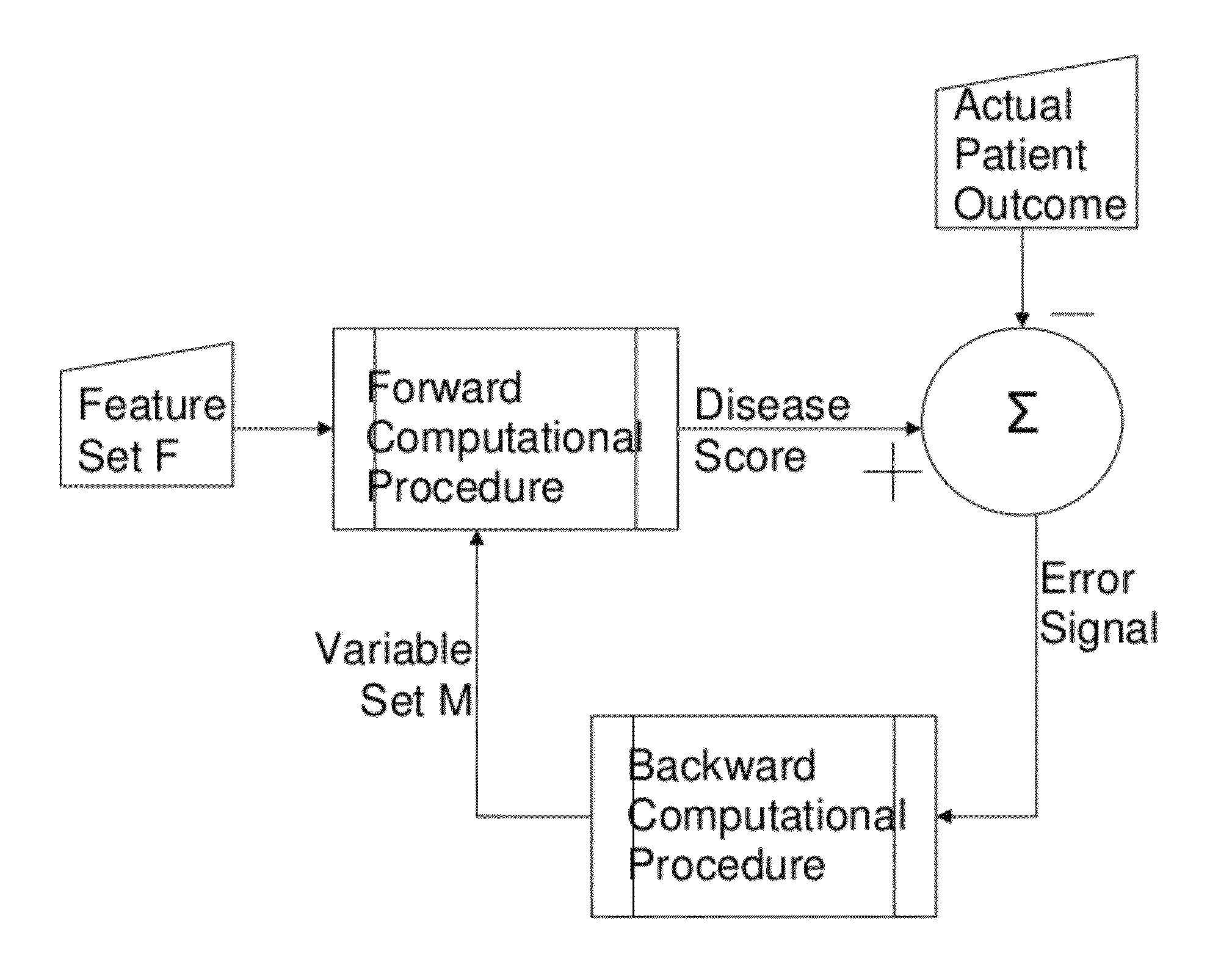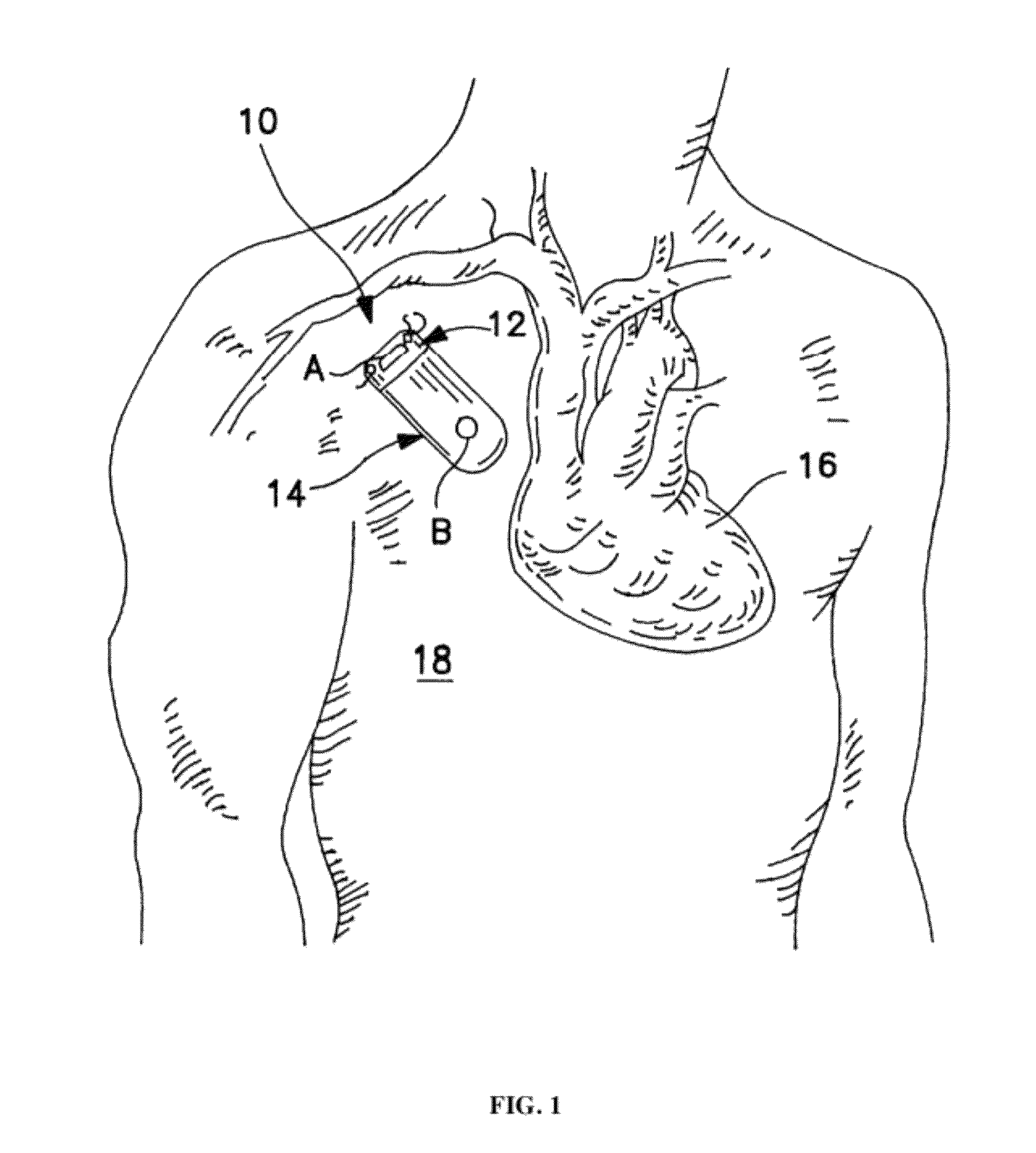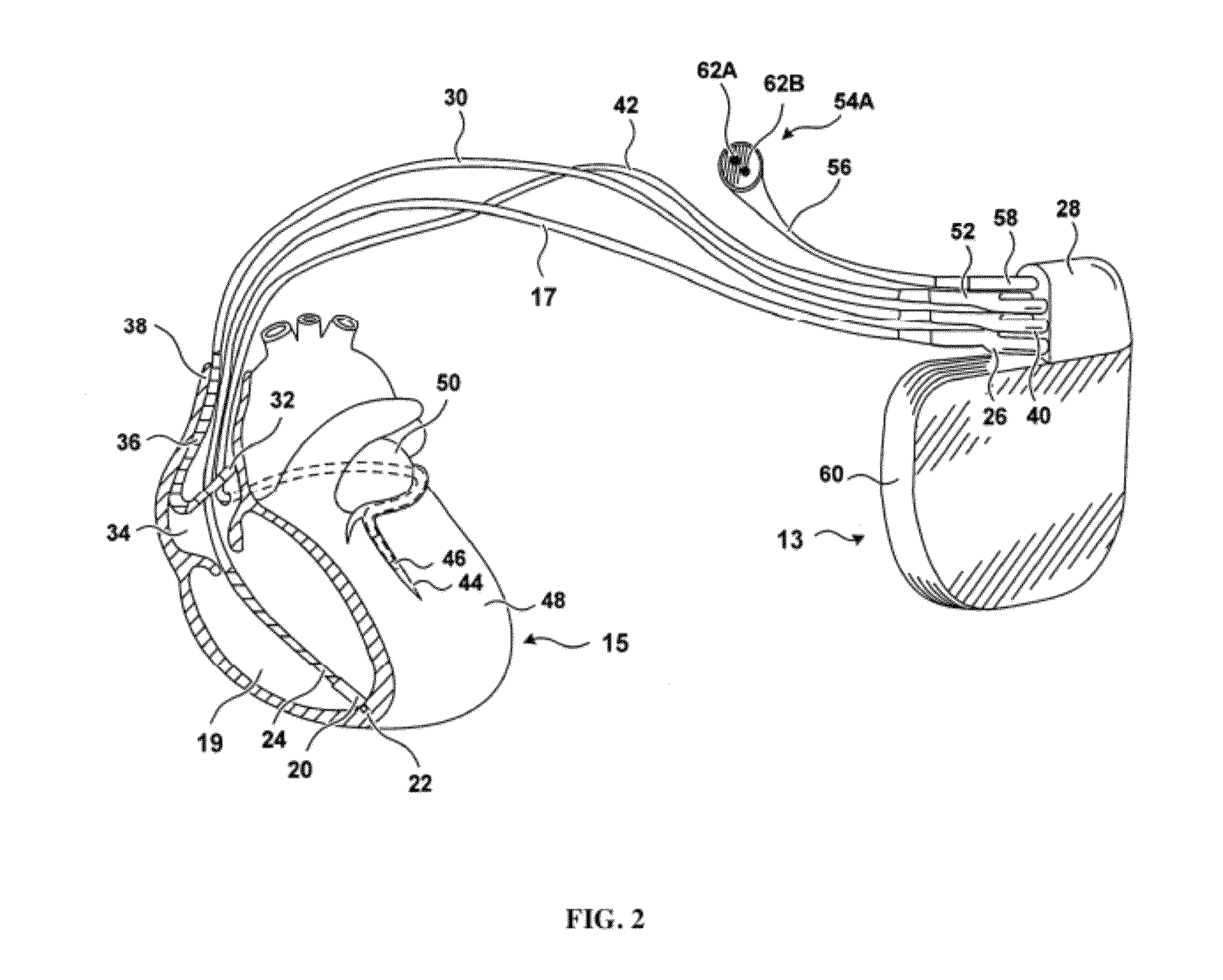Method and device to monitor patients with kidney disease
a kidney disease and patient technology, applied in the field of electronic medical devices, can solve the problems of failure to replicate the continuous waste removal aspect of a natural and functioning kidney, the upper limit of dialysis procedures, and the patient's risk of life-threatening arrhythmias, so as to increase the effectiveness, increase the effectiveness, and increase the effect of effectiveness
- Summary
- Abstract
- Description
- Claims
- Application Information
AI Technical Summary
Benefits of technology
Problems solved by technology
Method used
Image
Examples
Embodiment Construction
[0088]Unless defined otherwise, all technical and scientific terms used herein generally have the same meaning as commonly understood by one of ordinary skill in the relevant art.
[0089]The articles “a” and “an” are used herein to refer to one or to more than one (i.e., to at least one) of the grammatical object of the article. By way of example, “an element” means one element or more than one element.
[0090]“Chronic kidney disease” (CKD) is a condition characterized by the slow loss of kidney function over time. The most common causes of CKD are high blood pressure, diabetes, heart disease, and diseases that cause inflammation in the kidneys. Chronic kidney disease can also be caused by infections or urinary blockages. If CKD progresses, it can lead to end-stage renal disease (ESRD), where the kidneys function is inadequate to sustain life without supplemental treatment.
[0091]The terms “communicate” and “communication” include but are not limited to, the connection of system electric...
PUM
 Login to View More
Login to View More Abstract
Description
Claims
Application Information
 Login to View More
Login to View More - R&D
- Intellectual Property
- Life Sciences
- Materials
- Tech Scout
- Unparalleled Data Quality
- Higher Quality Content
- 60% Fewer Hallucinations
Browse by: Latest US Patents, China's latest patents, Technical Efficacy Thesaurus, Application Domain, Technology Topic, Popular Technical Reports.
© 2025 PatSnap. All rights reserved.Legal|Privacy policy|Modern Slavery Act Transparency Statement|Sitemap|About US| Contact US: help@patsnap.com



